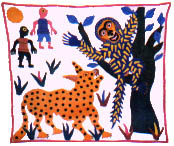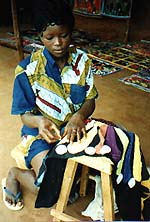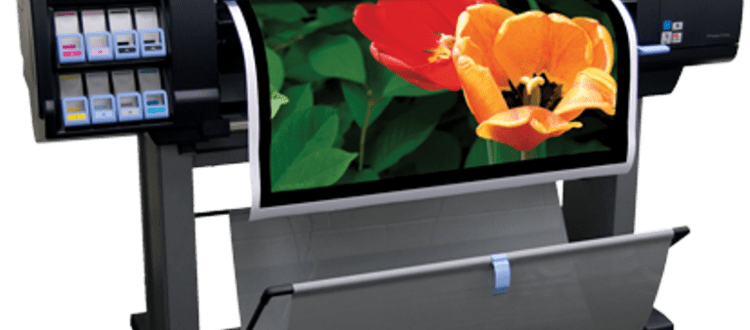This is the last part of the 3-part article series about appliqued fabric banners. I have discussed about the history in the first 2 articles, in this last part, I have discussed about making or buying fabric banners for a medieval-style wedding.
Original Question (Don’t worry, I will answer it eventually!): I am planning a medieval themed wedding and would like to know the best way to make or buy cloth fabric banners for our celebration?
I’ll finish up the history on this installment here in part three and answer the original question tomorrow.
In this section, I’ll discuss the modernization of appliquéd cloth fabric banners and other uses of appliquéd cloth.
Colonialization and Appliquéd Cloth
 Although the Kingdom of Dahomè fell to the French in 1894, the banners created by the Fon peoples prior to this time have survived until modern times as they were hidden away.
Although the Kingdom of Dahomè fell to the French in 1894, the banners created by the Fon peoples prior to this time have survived until modern times as they were hidden away.
Obviously, the colonial French discouraged royal appliqué banners, but not the artistic style of these cloth art appliqués. They suggested to the people other subjects like farming and hunting.
On the surface, they complied, but as a probable form of resistance to the French, the appliquéd banners continued to grow in length, and, rolled up, could be moved from location to location without detection as they might have simply appeared to be a bedroll or a blanket.
Appliquéd Cloth Banners in Benin Today
In the southern part of the Benin Republic today, particularly around Abomey, appliqué artwork on cloth banners and clothing are still being created. The town of Whydah, a former slave trading center, became a center of the arts in the early 20th century. This area has preserved the traditional art form and colors used in the past.
 Of course, because the older forms are not understood by tourists, many artists have changed their subject matter to nature, animals, or other themes that appeal to tourists in order to make a living.
Of course, because the older forms are not understood by tourists, many artists have changed their subject matter to nature, animals, or other themes that appeal to tourists in order to make a living.
In 1993, some artists introduced a new multi-colored “Dutch Wax Cotton” fabric to the art at the annual “Voodoo Cultures Festival” that takes place in Whydah. This fabric has added a third dimension to the artwork. This new style is now being taught to young artists in south Benin’s Abomey area. It is being used to depict local stories using appliqué art, both old and new.
In larger towns, some of the more business-oriented artists have created more of an assembly line style of production where artists of various skill level perform a single task such as cutting out the pieces or tack them to the base fabric or sew them on when they’re ready. They are then transported to major urban centers where they are exported or sold to wealthy patrons in the cities.
Now, while I know you didn’t ask for that much history, I find that it is very helpful to know that they didn’t use appliquéd banners in medieval times, but probably used painted banners or wooden banners that were more like what you’d think of as a sign. This means, more than likely, you’ll want to pursue and authentic look, but you can dispense with appliqué if you want to.
Fabric Banners for a Medieval Themed Wedding
Now, back to answering the original question – “I am planning a medieval themed wedding and would like to know the best way to make or buy cloth fabric banners for our celebration?”
Fabric Options to Choose From
In the modern era, if you choose to appliqué cloth banners, you can use different fabrics for appliqued banners, such as felt, cotton, polysatin or polyknit fabrics, to name a few. Commercially, some companies use acrylic fabrics because of their heavy duty quality and longevity, but the average home sewing machine cannot handle the weight of these fabrics.
Dye Sublimated Fabric Banners
Another method for producing fabric banners is via heat transfer printing, also known as dye sublimation printing. DTF (direct to fabric) digital printing is a 3rd option. In dye sublimation, a printer using CMYO (cyan-magenta-yellow-overprint clear) dyes prints to a special dye ink transfer paper, which is then matched up to a similar size piece of blank white fabric, and the pair is put through heated rollers at about 400ºF.
In this process, the dye is converted to a gas and the molecules within the polyester or other synthetic oil-base fabric open up to ingest the dye. When the fabric has moved through the rollers, they quickly re-close, now infused with the color that was on the dyed transfer paper, creating a photographic look to the print.
This type of printing is not cheap, but is reasonably priced, and if you don’t have hundreds of hours to spend appliquéing banners by hand, and you have a decent budget, you can afford to purchase dye sub printed fabric banners at a fraction of the time spent on the more time consuming appliqué methods. If you have a friend who is a designer, they can also create “authentic-looking” graphics that will have a 3D look to them when printed like an appliqued banner would.
Good luck with your big event!
For more about customized and personalized cloth and fabric banners, Go here.
Popular Posts:




